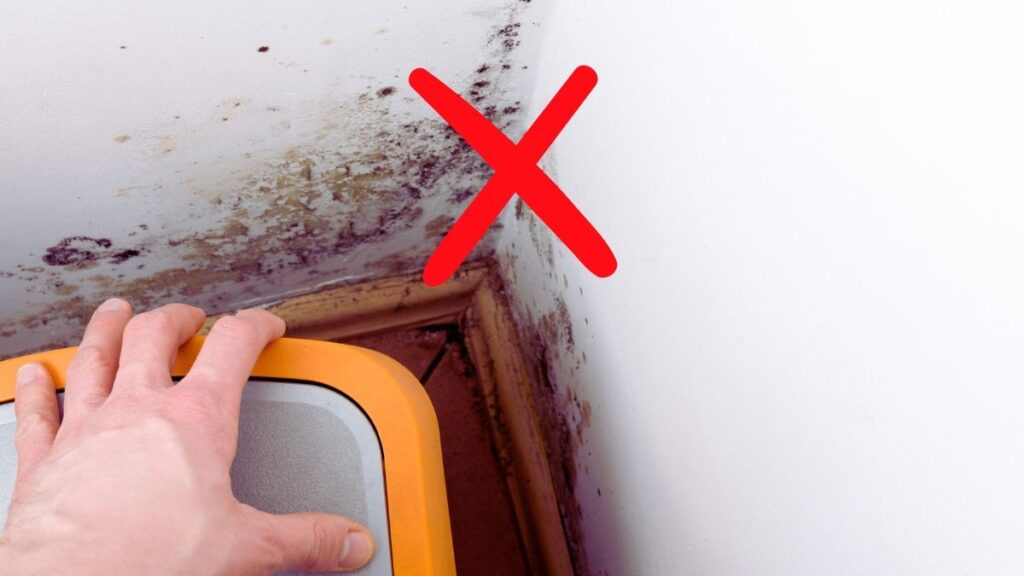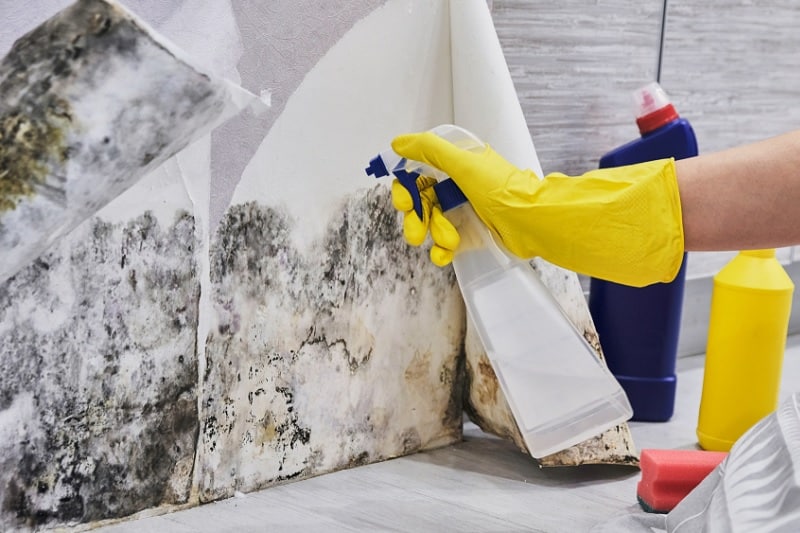The United Kingdom has faced brutal winter weather this year, leaving thousands of households battling against damp and mould.
Unfortunately, mould-ridden homes not only pose an aesthetic issue. Many people are hospitalised each year with respiratory illnesses associated with mould exposure, particularly tenants in private rented housing.
The relentless damp conditions have left many people in the UK seeking effective strategies to safeguard their living space from mould.
Read on for some preventative measures and solutions to mould in your home.
The UK’s Damp Dilemma
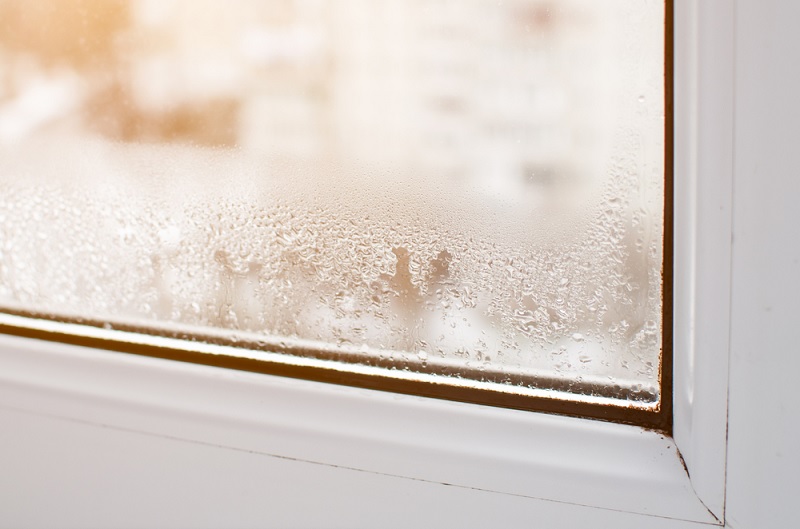
The government’s English Housing Survey 2021 to 2022 found that 4% of occupied properties in the United Kingdom have issues with dampness.
However, the Department of Health and Social Care announced new guidance in 2023, revealing that as many as 6.5 million households in England are affected by dampness and mould.
The ongoing crisis is partly caused by the UK’s notorious winter weather—frequent rain, high humidity levels, and fluctuating temperatures create an ideal breeding ground for mould.
The age of many UK homes, coupled with outdated infrastructure, contributes to the permeation of dampness.
Poorly maintained roofs, ageing plumbing systems, and inadequate insulation are common culprits.
There are also significant socioeconomic divides with the country’s damp dilemma. Privately rented accomodation, accounting for 19% of all households in England, is over five times more likely to have damp problems than owner-occupied houses.
Older council home residents are particularly at risk, with local councils calling for more staff to stop these people “being left behind” as mould and condensation reports increase.
Essential Steps for Mould Prevention
Adopting a proactive stance is crucial in the battle against damp and mould. Experts agree it is far easier to prevent mould than make a mould-ridden property safe again—prevention is essential to maintaining a healthy home environment.
Here are five essential steps for mould prevention that you can implement to protect your home, your loved ones, and yourself this winter.
Step 1: Open windows and improve home ventilation
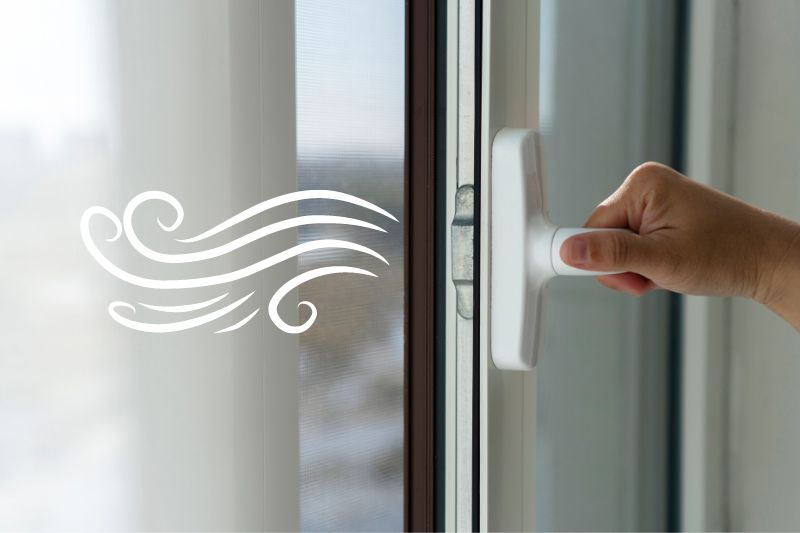
Well-ventilated spaces reduce humidity levels, inhibiting the conditions that favour mould growth.
Good ventilation is crucial in every room within the home, but it is particularly important to improve airflow in bathrooms, kitchens, and basements.
Installing extractor fans in these core rooms and trickle vents in all window frames can be a game-changer.
For anyone living in rented property, another option is to open the windows in your home frequently.
With the bitterly cold weather, opening windows may seem like the last thing you want to do. However, the Huffington Post suggest cracking them open late morning or early afternoon when temperatures rise and humidity drops.
Keeping the windows open for as little as 15 minutes can improve airflow and help keep mould at bay.
Step 2: Purchase plants to combat condensation
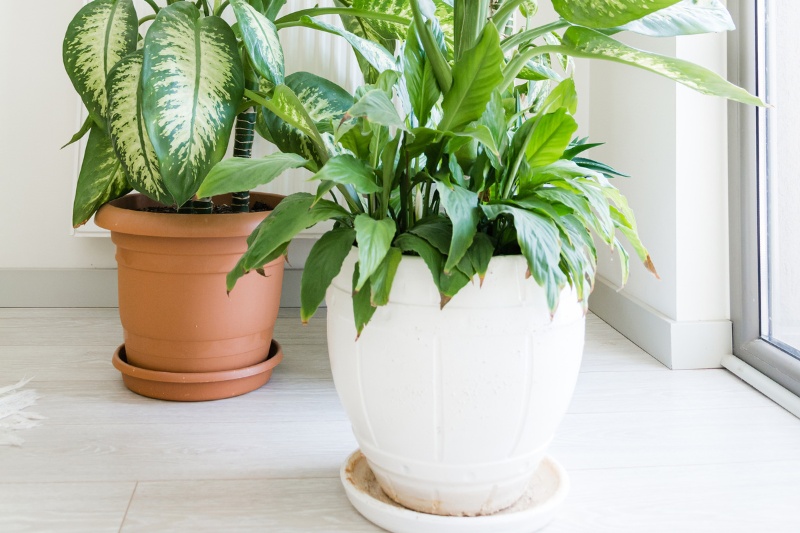
ITV garden expert David Domoney suggests tackling mould problems by utilising the power of plants.
Some plants remove moisture from the air through a process called transpiration, which can work wonders in reducing a build-up of condensation on your windows. Condensation creates a damp environment mould thrives within, so keeping on top of it is vital for a mould-free home.
Domoney’s recommendations for homeowners looking to reduce or prevent damp include many common, easy-to-care-for houseplants.
Boston ferns, peace lilies, snake plants, aloe vera, and spider plants are all on his list. This is a great mould-busting solution for residents in private and rental properties alike, and a pocket-friendly option for those on a tight budget.
Step 3: Deter damp using a dehumidifier
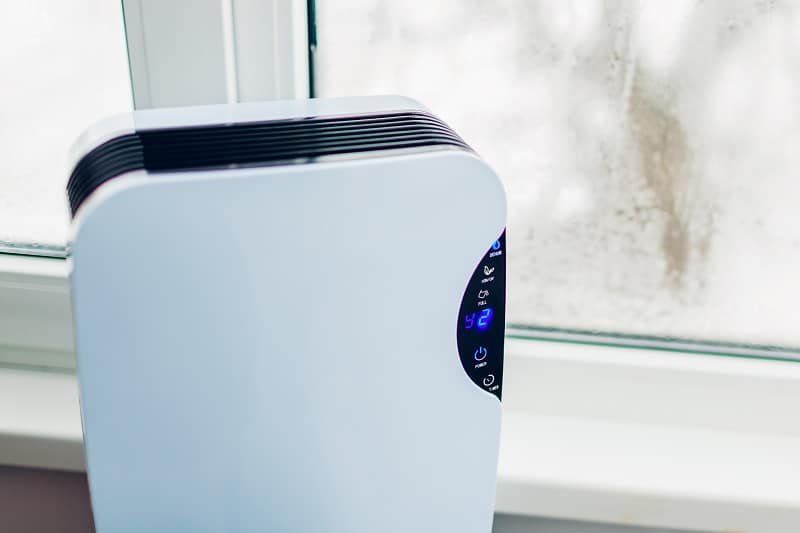
Humidity and mould growth are tightly linked—the higher the moisture levels in your home, the greater the risk of mould developing.
Some local councils are even using humidity to help prevent mould outbreaks, with plans for sensors that monitor humidity to be installed in over 10,000 homes in Scotland in light of the current crisis.
According to Dorset Council, you should aim for 40% to 55% humidity in the home, while humidity levels of over 60% present a high risk for problems related to mould and condensation.
Purchasing a dehumidifier is the most effective way to monitor and regulate moisture levels. Other quick fixes include drying clothes outdoors wherever possible, venting tumble dryers outside, and keeping bathroom and kitchen doors shut while showering and cooking.
Step 4: Regulate your home temperature
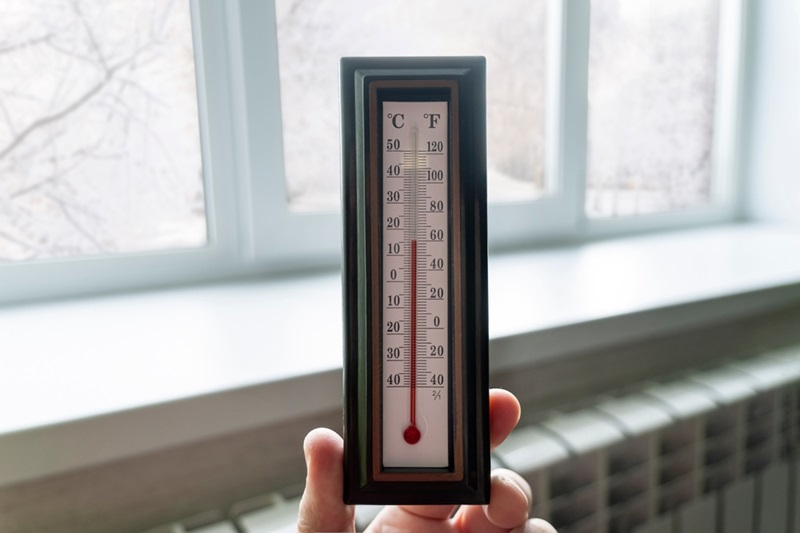
Keeping your home between specific temperatures can help to reduce the amount of mould that forms on walls, ceilings, and other surfaces.
According to the Express, the magic number for mould prevention is anything above 14°C. The exception is for rooms with tiles and other cold surfaces, which should be held at a minimum of 16°C.
With many people worrying about yet another rise in household energy prices, keeping your home temperature above this figure might seem like an expensive fix.
However, it does avoid the costs for refurbishments needed to make damp-covered homes inhabitable again, which recently cost one pensioner £120k.
Step 5: Remove existing mould and mildew

While proactive prevention is crucial, addressing existing damp and mould is equally imperative for UK homeowners.
Ignoring current mould not only compromises aesthetics, but can also cause respiratory issues, allergies, and exacerbate existing health conditions.
Structural damage to walls, ceilings, and even the foundation can occur if left unchecked.
Addressing the underlying cause of damp comes first and foremost, but certain cleaning products can help to shift existing mould and mildew.
The best mould removers include Dettol’s Anti-Bacterial Mould Remover, HG Mould Spray, and Cillit Bang Black Mould Remover.
With these products, you can create a safer living environment for yourself and your family, regardless of what the UK weather throws our way.
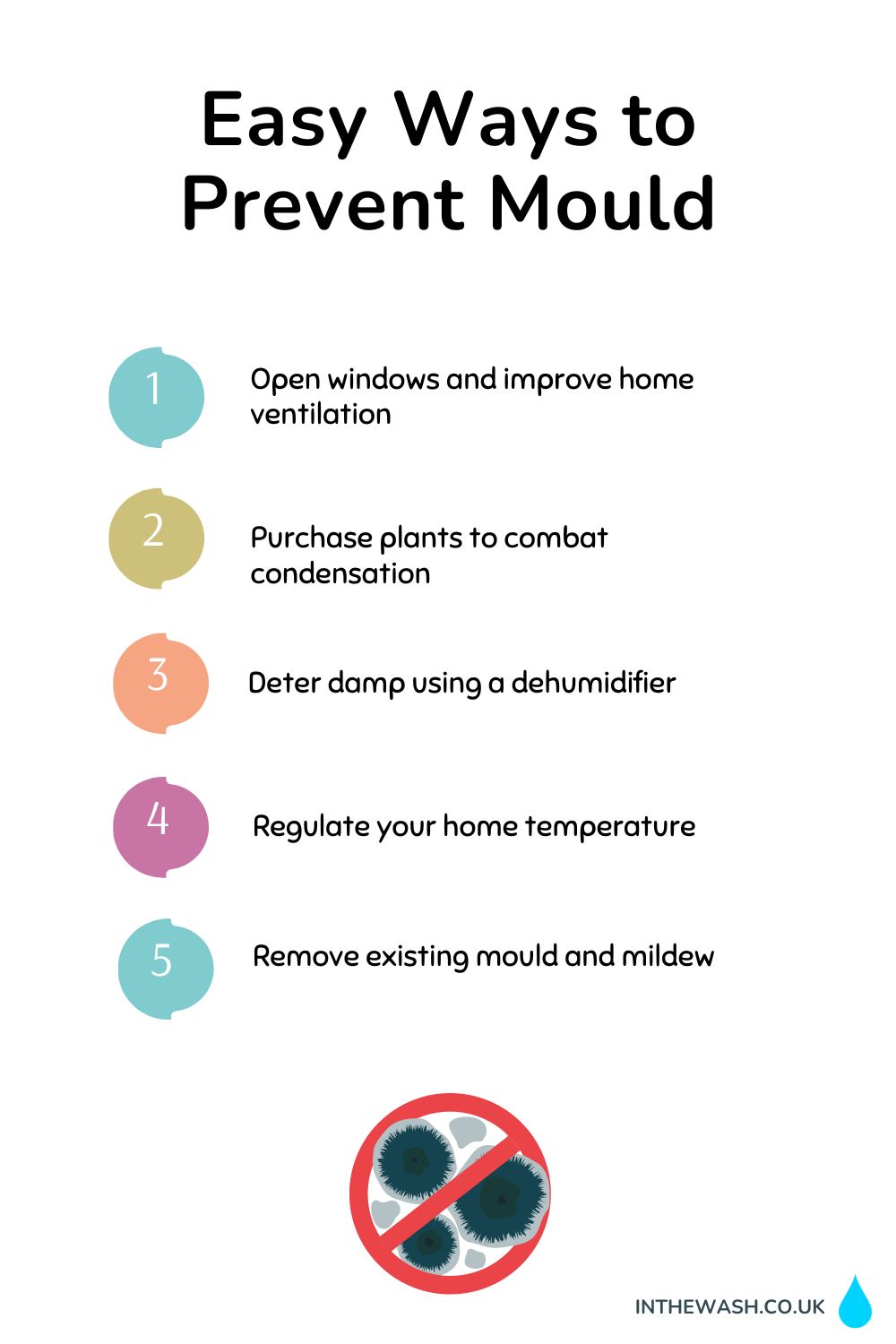

Hannah has a passion for cleaning. She worked her way around Australia by cleaning hostels in exchange for free accommodation and used her cleaning skills to bag a job as a chalet host for a luxury ski company in France.
